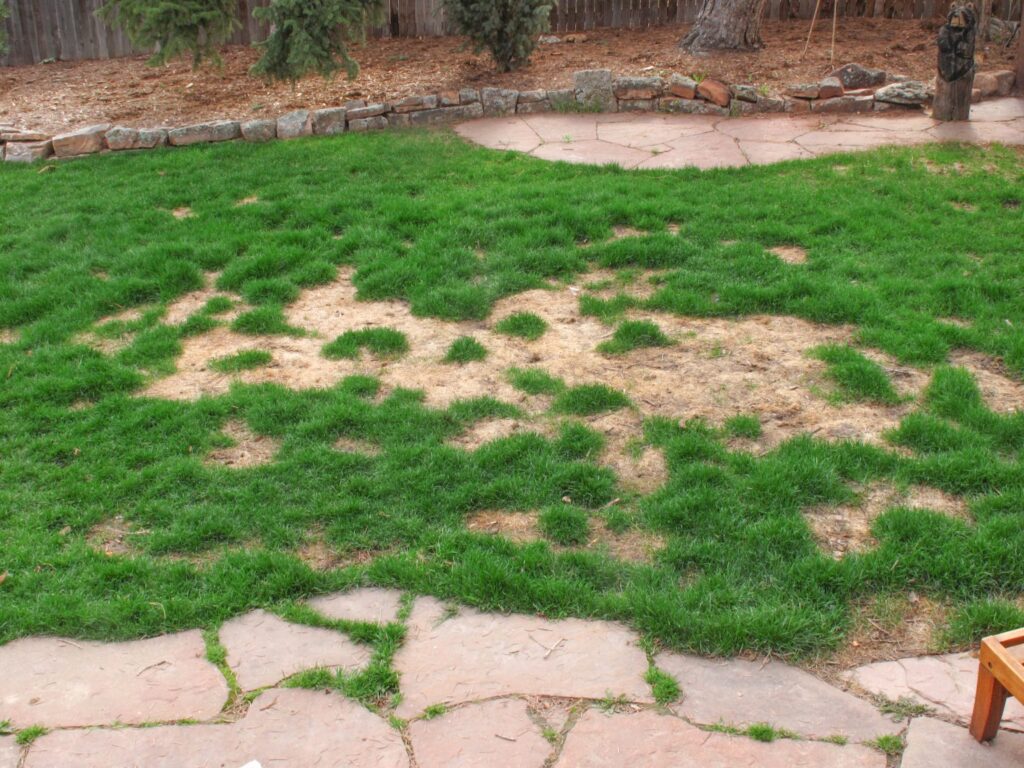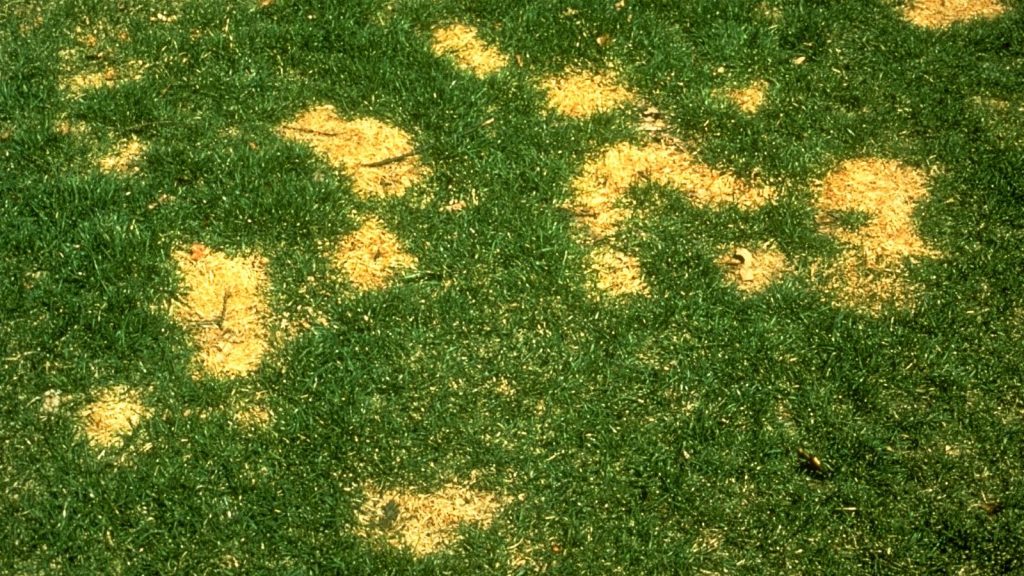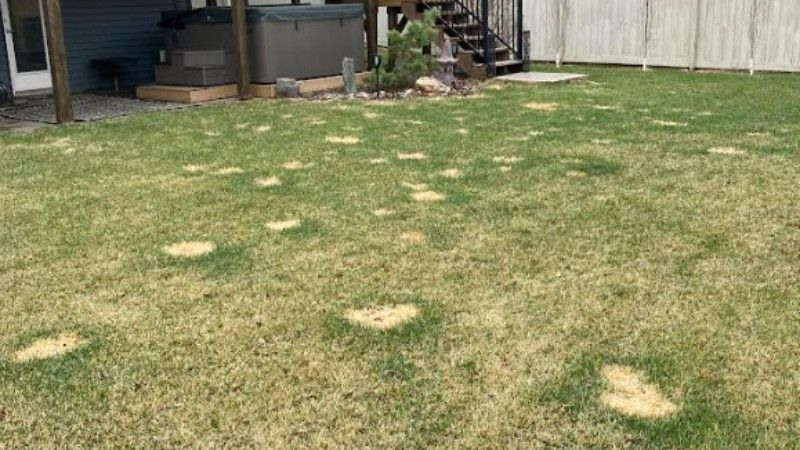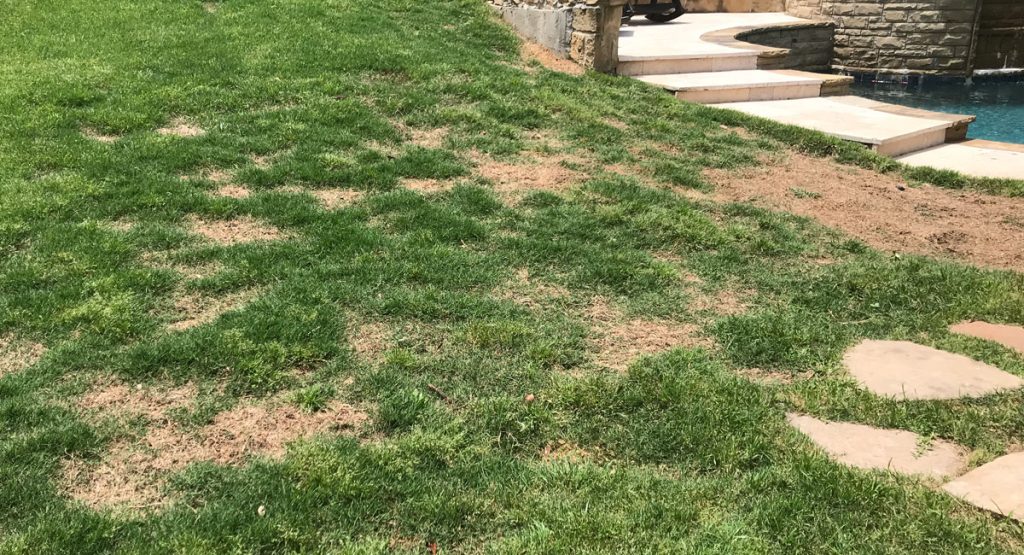Pet Urine Damage: How to Repair Lawn Spots and Restore a Healthy Yard
By Innovation Grounds
If you’re a proud pet owner, you’ve probably faced the frustrating problem of pet urine damage on your lawn. Those unsightly yellow or brown patches—especially common with dogs—can ruin the look of your lush green yard. Fortunately, you don’t have to choose between a beautiful lawn and your furry friend. With the right approach, you can repair lawn spots caused by pet urine and even prevent them in the future.
In this blog, we’ll explore what causes urine damage, how to treat existing spots, and what steps to take to prevent future damage. By the end, you’ll know exactly how to revive your lawn after pet damage—naturally and effectively.
Why Pet Urine Damages Lawns
Pet urine contains a high concentration of nitrogen, along with salts and other compounds. While nitrogen is an essential nutrient for grass, too much of it in one spot can “burn” the lawn—leading to those characteristic yellow or brown dead patches. This is especially true if your pet tends to urinate in the same areas repeatedly.
Female dogs often cause more visible damage than males, simply because they squat and release more concentrated urine in a smaller area.
How to Identify Pet Urine Spots on Your Lawn
Here are common signs of dog urine damage on grass:
Yellow or brown patches surrounded by a dark green ring
Thin or dead grass in specific areas
Repeated damage in the same zones
No signs of pests or fungal infection (ruling them out as the cause)

How to Repair Lawn Spots from Pet Urine
1. Remove the Dead Grass
Start by raking away the dead or discolored grass in the damaged area. This clears the way for new growth and prevents further spread of damage.
2. Flush with Water
Soak the area thoroughly with water to dilute the remaining nitrogen and salts in the soil. This step is crucial and should be done as soon as possible after the urine has been deposited.
3. Neutralize the Soil (Optional but Helpful)
Use a lawn repair product or a mixture of gypsum and water to help neutralize soil acidity. Gypsum helps displace the salt and break up compacted soil, allowing for better nutrient absorption.
4. Apply Topsoil or Compost
Spread a thin layer of nutrient-rich topsoil or compost over the affected area. This adds nutrients and improves soil structure.
5. Reseed or Lay Sod
For smaller areas, sprinkle grass seed suitable for your region and yard conditions. In larger patches, you may want to lay down fresh sod. Make sure to water the area daily to keep the soil moist until the new grass is established.
6. Protect the Area
Keep pets and foot traffic off the newly seeded area until the grass has grown in. Use temporary fencing if needed.

Preventing Future Pet Urine Damage
1. Train Your Pet
Encourage your dog to urinate in a designated area. Gravel or mulch areas can be a great solution that saves your lawn from repeated damage.
✅ 2. Water Immediately
If you catch your dog in the act, flush the area with water immediately to dilute the urine.
✅ 3. Feed a Balanced Diet
Excess protein can lead to higher nitrogen concentration in urine. Talk to your vet about the best diet for your pet.
✅ 4. Try Lawn-Saving Products
There are supplements and lawn treatments designed to reduce urine burn. Make sure any product you use is safe for pets and kids.
✅ 5. Use Resistant Grass Types
Some types of grass—like perennial ryegrass or fescue—are more resistant to urine damage than others (such as Kentucky bluegrass or Bermuda).

Pet-Friendly Lawn Care Matters
Maintaining a green lawn with pets doesn’t have to be an uphill battle. With consistent care, a little training, and smart landscaping choices, you can enjoy both a vibrant yard and the companionship of your furry friend.
The key is to repair pet urine spots on your lawn quickly and prevent future damage through training, watering, and choosing the right products. It’s all about balance—and with a few simple changes, you can have the best of both worlds.


